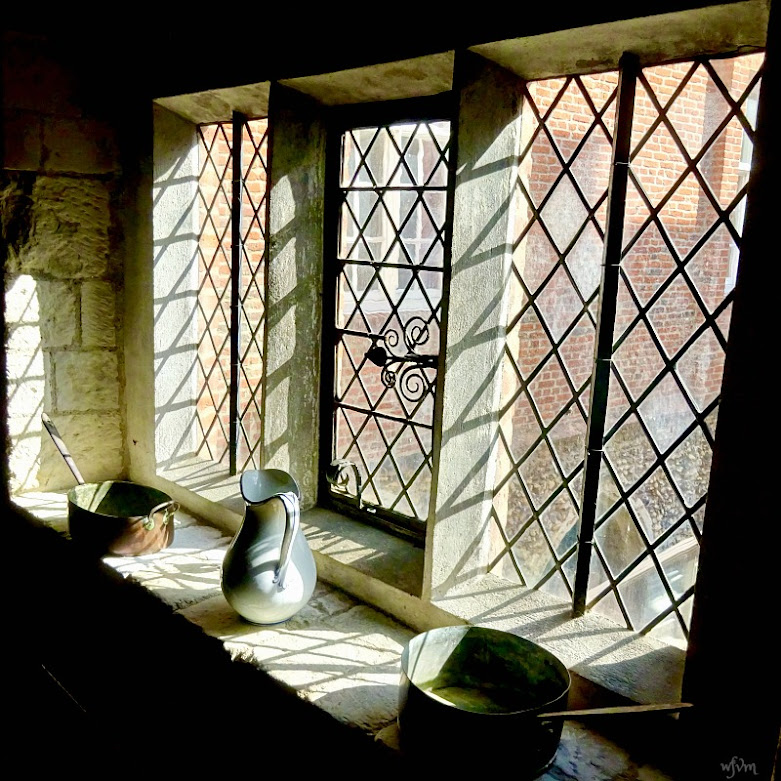We have been away, staying close to the W.Somerset/N.Devon borders. Just as we left home, our lovely warm 'Indian Summer' slipped away, replaced by more typically late September weather. Following a hearty breakfast at the hotel, sufficient to sustain us throughout the whole day, we set off in search of the tiny village of Selworthy. Sitting snuggled within a deeply wooded hillside, in a timeless rural landscape of thatched cottages, a medieval church, and enjoying sweeping views across the Vale of Porlock to Exmoor.
You could be forgiven for thinking that the village of Selworthy appears to have a faux appearance, and it is true that the thatched cottages are certainly far younger than the medieval church, but they are still 200 years old. They were built in the 1820s by Sir Richard Acland in order to house both the aged and infirm who had worked for him on his Holnicote Estate. During the early reign of Queen Victoria, many wealthy employers looked after their staff really well.
The cottages nestle together around a small village green halfway up the steep hillside. They are all painted in a shade of ochre, one is now a small cafe, another has a gallery, one of the cottages can be rented for holidays, and the rest are privately owned. The surrounding woods have lots of walks meandering through them revealing interesting places to explore, including the ancient earthworks of Bury Castle, a memorial hut erected in 1878 to Sir Thomas Dyke Acland by his youngest son, and by walking to the top of the escarpment it is possible to find yourself on the 630 mile long S.W. coastal Path, now internationally familiar to the many who have read Raynor Winn's book, The Salt Path.
If you have not been inside an English thatched cottage then there is a tendency to imagine that they are probably extremely dark, small, and gloomy inside.
This is Ivy's Cottage - you can peep inside here. It is rented out by the National Trust. I am not advocating the cottage, this is simply so that you can see what a small thatched cottage can look like inside.





















































